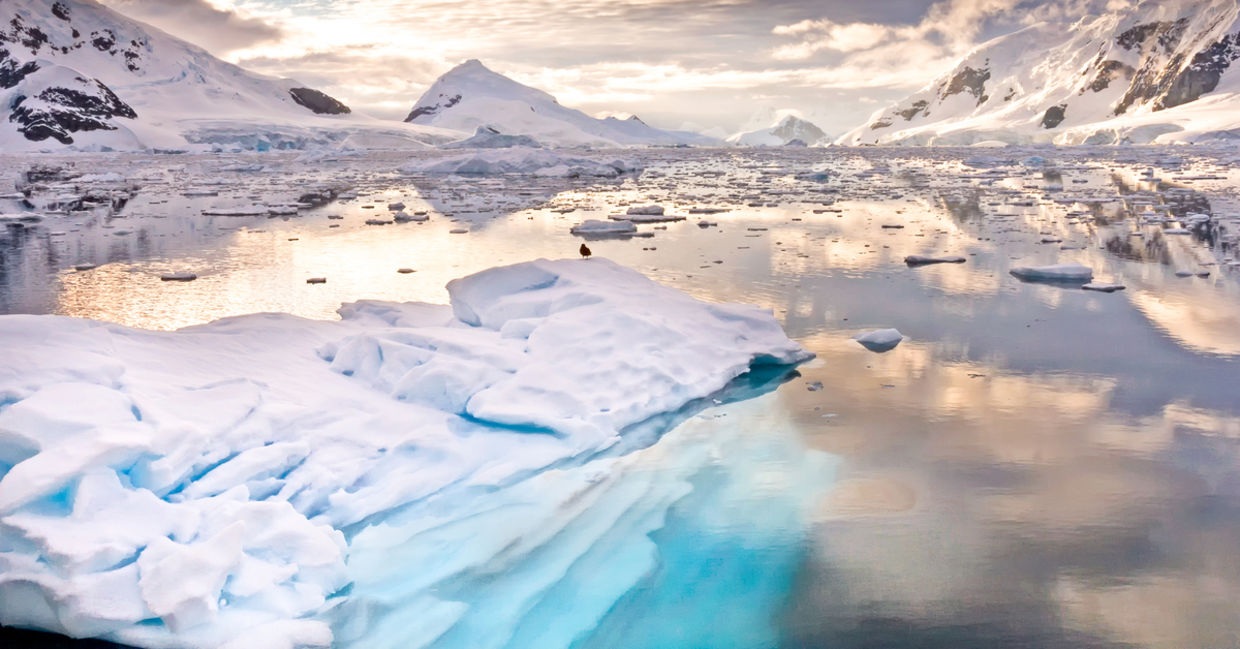
(Wim Hoek / Shutterstock.com)
Good news for all climate lovers: a recent UN report shows ongoing healing of the Ozone Layer. This fantastic piece of news is being hailed as the result of what global agreements can do and an inspiration for what the world can achieve when it works together to halt global warming.
The Scientific Assessment of Ozone Depletion 2018 report states that: “For the first time, there are emerging indications that the Antarctic ozone hole has diminished in size and depth since the year 2000." Since the Ozone layer over Antarctica is naturally very thin, the recovery is most welcomed news.
The Ozone layer in the stratosphere has been recovering at a rate of one to three percent since 2000 and at these rates, the 2018 report (a new report is issued every four years) predicts that the Northern Hemisphere will be fully healed by the 2030s, the Southern Hemisphere by the 2050s, and the polar regions by 2060.
When the depletion of the Ozone layer over Antarctica – dubbed a hole – was discovered in 1976, people were terrified that it would grow and lead to increased UV radiation from the sun and eventually threaten life on Earth. The ozone layer was being depleted by chlorofluorocarbons (CFCs) - man-made gasses found in aerosol spray cans, air conditioners, and refrigerants.
To combat further depletion of this protective atmosphere layer, 46 countries agreed to the Montreal Protocol in 1987 to globally ban CFCs. The protocol is set to be strengthened next year with the ratification of the Kigali Amendment that will ban some of the chemicals that replaced the CFCs and will further slash climate-warming gasses.
“Actions taken under the Montreal Protocol have led to decreases in the atmospheric abundance of controlled ozone-depleting substances (ODSs) and the start of the recovery of the stratospheric ozone,” according to a UN Press Release. If the protocol had never been enacted, the Ozone layer could have been completely destroyed by 2065. Now it will be healed in the same time-frame.
“The Montreal Protocol is one of the most successful multilateral agreements in history for a reason,” said Erik Solheim, head of UN Environment in a press release. “The careful mix of authoritative science and collaborative action that has defined the Protocol for more than 30 years and was set to heal our ozone layer is precisely why the Kigali Amendment holds such promise for climate action in future.”
The 2018 Ozone report was released less than a month after the Intergovernmental Panel on Climate change released their report about the devastating effects of a 2-degree Celsius rise in global temperature. Full implementation of the Kigali Amendment could prevent a global temperature increase of 0.2 to 0.4 degrees Celsius when every fraction of a degree really counts.
Global cooperation brought us to this point, and it can bring us even higher. The healing of the Ozone holes proves that if we work together, we can heal the damage man has reaped on our planet.
YOU MIGHT ALSO LIKE:
World Bank Donates $200 Billion to Slow Climate Change
5 Climate Change Facts to Get You Thinking about Our Planet
The App that Makes You a Climate Hero







